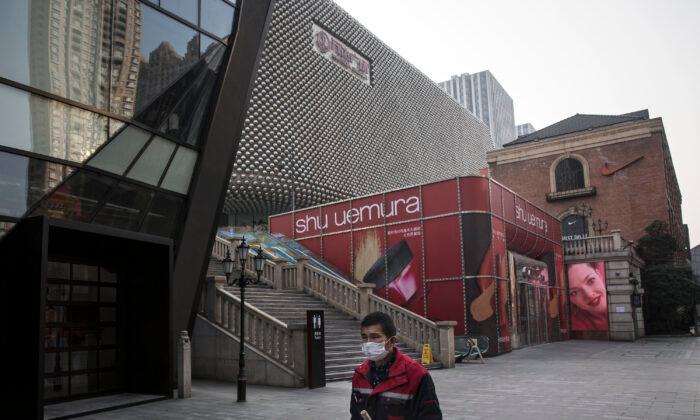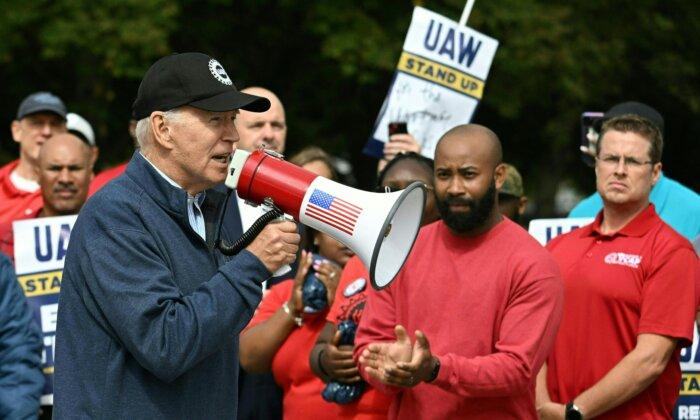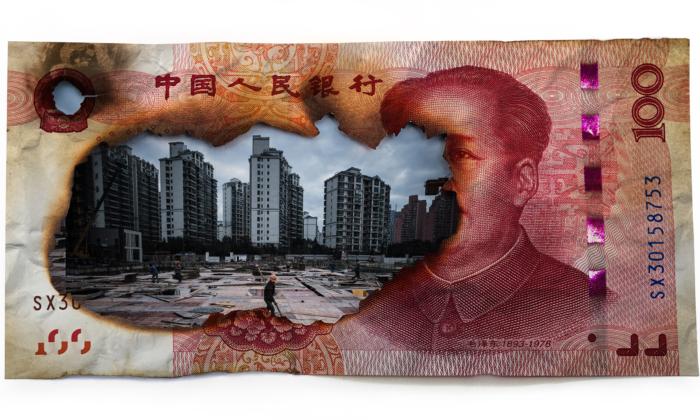The country’s true economic picture remains hidden, however, as the Chinese Communist Party (CCP) continues its policy of withholding information from the rest of the world.
Officially, the Chinese economy contracted by 6.8 percent during the first quarter. The country was under lockdown during much of that time because of the CCP virus, commonly referred to as the novel coronavirus.
While the real rate of gross domestic product (GDP) deterioration may never be known, it’s believed to be far higher than the officially disclosed figures.
Beijing said the nation’s official unemployment rate rose to 5.9 percent in March, from 5.2 percent in December 2019. That’s an increase to 26 million people from 23 million in raw numbers.
Higher Than 20 Percent
The figures are so incredulous that a report by a major domestic Chinese brokerage firm revealed that unemployment could be four times higher than the official numbers indicate.As many as 70 million people were jobless in China and the country’s real unemployment rate was 20.5 percent, Shandong-based Zhongtai Securities wrote in an April 24 note.
The report was quickly rescinded and was no longer mentioned on Chinese social media by April 27.
Fuzzy Math
The reality is that China’s unemployment figures only count urban workers, as Zhongtai pointed out. The vast majority of its 50 million migrant workers likely remained unemployed in March as travel restrictions were still hindering the movement of workers.Meanwhile, China’s power generation levels also seem to corroborate a contraction far greater than official Beijing statistics.
Huaneng Power International, China’s largest publicly listed domestic power generator, revealed in a securities filing that its power output fell by 18.5 percent from December to March on an annualized basis. Most of Huaneng’s power generation capacity is in China’s central and eastern regions.
Another listed generator, China Resources Power Holdings, said its output declined by 12.5 percent during the same period.
Morgan Stanley’s estimates using consumer consumption also arrive at far higher levels of unemployment than official data suggest.
“We estimate the numbers of de facto unemployment (no work due to business suspension) and underemployment (working part time or fewer hours than they desire due to insufficient demand) could peak at 80mn and 100mn, respectively, in the near term, based on our channel check on the resumption status of industrial and service sectors,” Morgan Stanley analysts wrote in an April 17 report to clients.
Assuming China’s jobless figures are north of 70 million, how does that square with the disclosure that only 2.3 million people are receiving benefits?
Again, those figures are cherry-picked. Workers who have jobless benefit insurance are those who work for large, state-owned employers—most of which likely didn’t lay off or furlough workers.
The country’s small and medium-sized companies, including privately owned companies, don’t have unemployment insurance. So those workers are likely jobless, yet aren’t counted to receive jobless benefits.
Aside from arguments about numbers, it’s undeniable that such levels of unemployment pose a threat to China’s social stability and support of the ruling CCP regime. Regulators are likely forced to continue monetary easing measures to support the job market, including handing cash directly to poorer families.
“How many families want to travel when they are worried about buying rice, vegetables, and meat?” he wrote.






Friends Read Free